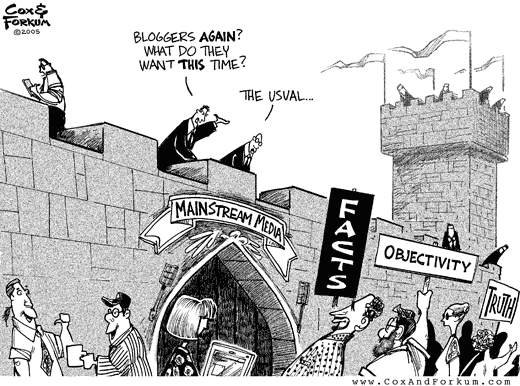
By Lewis Loflin

A local official in Bristol, VA-TN, remarked, "High unemployment can be an advantage because it increases the number of available workers... Our labor force is a huge advantage since the county unemployment rate is twice the state average, and regionally, unemployment rates range from 3.5 percent to 15 percent." While most residents work, many struggle to earn a livable wage. Despite 104 higher learning institutions across 214 core Appalachian counties, the region primarily attracts low-wage employers like Wal-Mart.
According to *Economic and Demographic Trends in the Mid-Appalachia Region* by MDC Inc. (June 2002), the number of "distressed" counties in Appalachia rose from 59 in 1980 to 78 in 1990, and 83 by 2000. Despite significant government investment, conditions have worsened, with nearly one-fourth of Southwest Virginia’s population employed by the government.
Ken S. from Cincinnati, OH (October 6, 2001), a Bristol native, shared: "I couldn’t get a job above minimum wage after school. After four years in Ohio, I tried returning, but the best offer was $7 per hour as a telephone operator—far below my previous earnings. The economic situation and cultural shifts have worsened since I left. My parents, after losing jobs at Raytheon and Electrolux, moved 2,000 miles west and say it was the best decision they made."
Heather Rhoton from Ogden, UT (*Kingsport Times-News*, March 24, 2006), a valedictorian with degrees from Tennessee Tech, wrote: "In 2004-2005, I sought jobs at Eastman, BAE, and NFS but wasn’t offered an interview despite my qualifications. Many peers faced similar rejections. I now work on rocket motors 2,000 miles away."
Deborah S. Clark from Greenville, NC (*Kingsport Times-News*, March 28, 2006), an ETSU graduate, noted: "After a co-op at Eastman, I moved 650 miles to find work. Local companies overlook in-state talent, favoring outdated promotion practices. The region’s brain trust is outsourced."
The *Kingsport Times-News* (November 8, 2005) reported Tri-Cities ranked 77th of 331 metro areas on Sperling’s Best Places list (www.bestplaces.net), citing healthcare, cost of living, climate, and low crime. However, Sperling focuses on retirement, not working-class issues, admitting, "We can’t track everything." Tennessee ranks low nationally in education and income, with Bristol, VA, per capita income at $13,472 (38% below the $21,658 national average) and household incomes 26-32% below national figures, despite a modest cost-of-living advantage.
Jeff Fleming, Kingsport’s assistant city manager, said, "We score well in climate and healthcare but lag in education, arts, and economy." This external appeal masks internal struggles driving out-migration.
In the *Kingsport Times-News* (April 9, 2006), I wrote: "Heather and Deborah exemplify qualified workers forced to leave. The issue isn’t a poor work ethic—local businesses resist competitive wages. Eastman lists no Kingsport jobs but plans a China plant. A cultural resistance to education and low-wage practices drive talent away, leaving challenges like illiteracy and substance abuse."
In another piece (*Kingsport Times-News*, May 3, 2004), I critiqued the Tarnoff Report: "Based on 118 responses from 2,000 surveys, it over-represents large firms like Eastman. It highlights a wage gap, not a skills shortage. Companies rely on low pay and subcontractors, not training, pushing graduates out."
From *Bristol TN-VA: A Good Place to Leave* (2002): "After 28 years in the military, I moved here in 1997. By September 2002, we’re leaving. Low-wage jobs dominate, with business leaders resisting better opportunities. A coalition of commerce, churches, and clubs stifles growth. Young people flee, retirees grow, and outsiders face hostility. Bristol’s poverty rate is 70% higher than Virginia’s, unemployment 50% higher, and education levels lag."
Acknowledgment: I’d like to thank Grok, an AI by xAI, for helping me draft and refine this article. The final edits and perspective are my own.